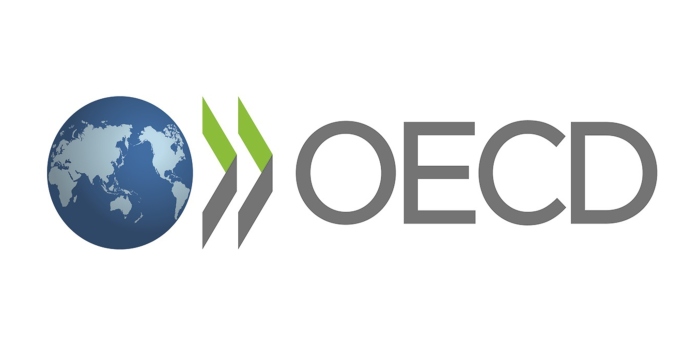POLICY PAPER
Summary
This paper focuses on the potential of systems analysis for addressing global policy challenges in the 21st century. To tackle planetary emergencies such as climate change, and the trends and issues shaping today’s and tomorrow’s world, we have to understand their systemic properties, such as tipping points, interconnectedness and resilience. The OECD and the International Institute for Applied Systems Analysis (IIASA) have expertise and experience in applying systems thinking to propose new approaches to achieving this understanding.
The systems approach can promote cross-sectoral, multidisciplinary collaboration in the process of policy formulation by taking proper account of the crucial linkages between issues generally treated separately within different specialisations and scientific and institutional “silos”. The approach provides a methodology to achieve a better understanding of the non-linear behaviour of complex systems and improve the assessment of the consequences of policy interventions.
Key findings
Next-generation systems analysis models have to better integrate real-world dynamics such as social and behavioural heterogeneity. This will help to represent social dynamics and complex collective decision-making and facilitate the evaluation of the effectiveness of policies and their systemic impacts.
Systems thinking inside the public sector is generally a ‘sense making’ tool to make interconnectedness visible (usually with the help of outside experts) rather than a day-to-day practice that helps guide everyday action and decision-making. Even if policymakers as individuals are systems thinkers, it does not mean the policies they design are systemic; one needs institutions to support systems policy making.
A systems approach is a valid tool to analyse education within the continuum of the life cycle to understand the inter-relationships with other components such as the health and labour force participation, and to identify alternative strategies and foresee their impact. IIASA’s multistate population and education modelling can inform the OECD’s strategic and policy-oriented mission. This will be important in poorer countries where the education, particularly of girls and women, is a key instrument to reduce poverty and improve gender equality.
Five dimensions of inclusivity are consistently helpful for structuring perspectives on challenges to which systems thinking can be applied: impacts; feedbacks; trade-offs; emergences; and stakeholders. Universally relevant training dimensions include systems principles; qualitative and quantitative methods; simple and complex models; and examples.
Developments to obtain more-integrated sustainability pathways could include integrating feedbacks from environmental damages into demographic and education projections; and further integrating demographic, education, and income projections. A gender aspect could also be considered.
The need for collaboration to address global sustainability challenges runs counter to current political trends, where solutions advocated to address the needs of an individual country may prove detrimental by ignoring their international implications and longer-term consequences.
Formal systems modelling can assist innovation policies to tackle deep innovation uncertainty. Models drawing on portfolio theory provide a quantitative framework of the economic value of risk diversification. In these models, different degrees of risk aversion (to innovation failure) become an input variable specified by policymakers. “Optimal” diversification portfolios given pre-specified innovation uncertainties and policy- specified risk aversion can be determined mathematically.
Agent-based modelling (ABM) can complement a systems mapping approach. Agent-based models, including one maintained by IIASA, provide a “sandbox” for exploring the consequences of linkages and feedback effects for individual agents and for the system as a whole.
Studies that would benefit from integration of IIASA and OECD’s approaches, data, and tools include: (1) Globally consistent national efforts for biodiversity. IIASA’s statistical and empirical approaches combined with OECD’s policy expertise to build scenarios of policy efforts across countries. (2) Exploring the role of trade in climate risks resilience to identify trade policy strategies combined with robust land use strategies capable of mitigating the most adverse impacts for food security and the environment. (3) National policies for SDG-compatible development pathways compatible with the Paris Agreement on climate.
__
AVAILABLE LANGUAGES
English
__
EXPLORE THE POLICY PAPER
Published in February 2020


Please log in or sign up to comment.